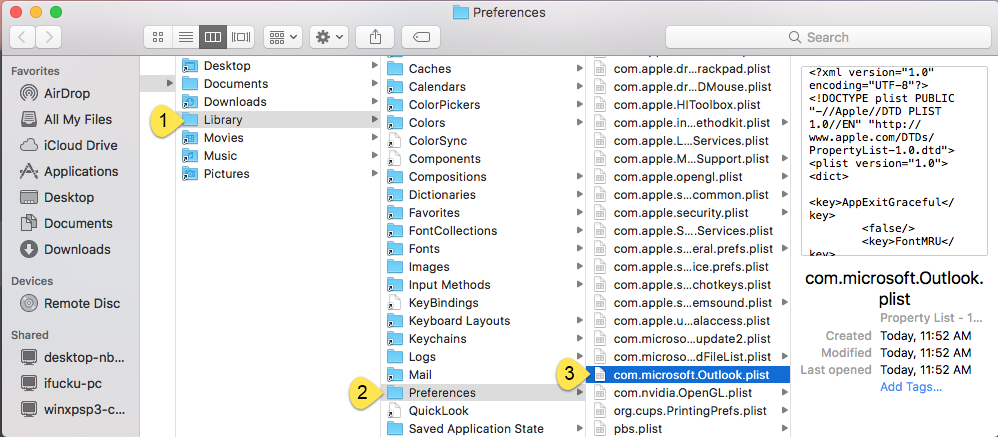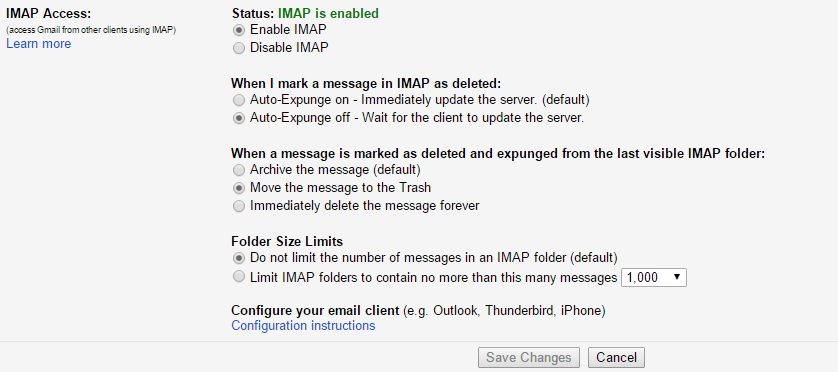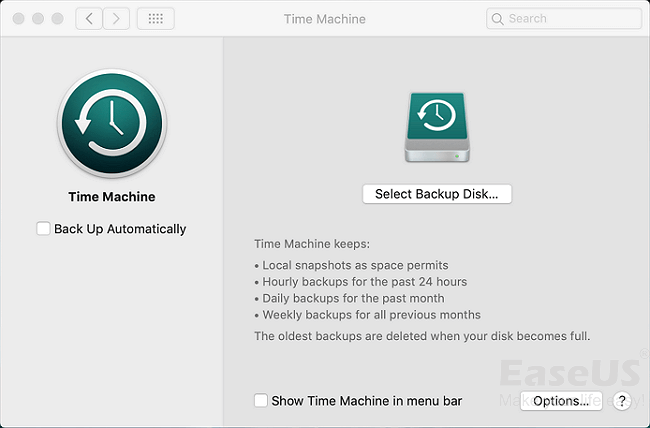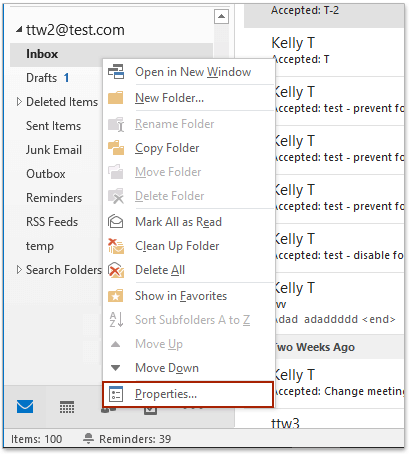
- #WHO TO EMPTY THE TRASH IN OUTLOOK FOR MAC 2016 HOW TO#
- #WHO TO EMPTY THE TRASH IN OUTLOOK FOR MAC 2016 ARCHIVE#
- #WHO TO EMPTY THE TRASH IN OUTLOOK FOR MAC 2016 WINDOWS#
Create a filter on the General tab and select the folders and edit the size and age conditions as needed on the Mailbox manager tab.Īdmins can apply the policy to any folders in the mailbox, provided they know the folder name and path. Add a checkmark beside Mailbox Manager Settings and click OK. To add a Mailbox manager policy to an existing Email address policy, right click on the policy and choose 'Change property pages'. To create a new policy, right click on Recipient Policies and choose New, Recipient policy. Because different mailbox manager policies can be applied to different groups of users, it's a good way to keep mailboxes small when a user is off work an extended period of time, without disabling or deleting their mailbox.įrom the the Exchange System Manager's Recipient Policies container, the administrator would add a mailbox manager policy to an existing address policy or create a new recipient policy, keeping in mind that only one policy is applied to each mailbox. Typically, Mailbox manager is run once a week, often on Saturday or Sunday night. As with AutoArchive, each folder can have different settings, for example, Deleted items are deleted if older than 2 days, but Junk email stays for 5. This is a good way to insure the Deleted Items and Junk Email folders are emptied routinely or that messages with large attachments are removed from the mailbox once they age.

If you use an Exchange mailbox, the administrator can configure the server to automatically delete older items. The process is the same in older versions, with the exception that AutoArchive is on the Tools, Options dialog, Other tab.
#WHO TO EMPTY THE TRASH IN OUTLOOK FOR MAC 2016 HOW TO#
The video tutorial was created in Outlook 2010 and shows you how to configure AutoArchive to clean out the Deleted Items folder on a regular basis. In Outlook 2010, go to File, Options, Advanced, near the top of the dialog is the option to empty deleted items on exit.Įmpty Outlook's Deleted Items Folder Automatically Video Tutorial In Outlook 2007 and older, go to Tools, Options, Other tab to enable this option. For this reason, I prefer using the AutoArchive method. When you Empty deleted items on exit, you will not be able to recover accidentally deleted items once you close Outlook. To avoid problems after deleting a large number of items, empty the Deleted Items folder manually before closing (right click on the folder, choose Empty Deleted items).
#WHO TO EMPTY THE TRASH IN OUTLOOK FOR MAC 2016 WINDOWS#
Otherwise, Windows may force Outlook closed, which will cause Outlook to check the data file for inconsistencies the next time you use Outlook. If you applied the AutoArchive settings to all folders, you may want to change the setting for the calendar or other folders.Ĭonfigure Outlook to Empty Deleted Items on Exitīecause this setting keeps Outlook open until the deleted folder is empty, you want to close Outlook yourself before shutting down your computer. Repeat these steps on the Junk E-Mail folder.įor Deleted Items and Junk E-mail folders, you'll want to select the option to permanently delete the items. This provides some insurance, should I need to recover something from either folder. My preference is to set AutoArchive to run every 2 to 3 days and delete items older than 2 or 3 days.
#WHO TO EMPTY THE TRASH IN OUTLOOK FOR MAC 2016 ARCHIVE#
Choose the option to ' Archive this folder using these settings' and pick a number. Next, right click on the Deleted Items folder and choose Properties, then AutoArchive tab.


You'll need to disable AutoArchiving or change the archive period on these folders individually, or raise the archive period (60 months is the maximum) and apply it to all folders, then change the setting on folders you want to archive more often. You can leave the other settings the default, but remember, if you click the ' Apply these settings to all folders' button, it will apply the settings to all folders, including calendar or any folder you may store old important messages in. The default is 14 days, but you'll probably want to lower it to 5 or less days. Open the AutoArchive dialog by going to Tools, Options, Other, AutoArchive.

Use AutoArchive to delete older Deleted Items and Junk E-mail The administrator can configure Mailbox Manager to delete items from any folder by age, size, or both, and set exceptions for specific message classes. The second option is used with Exchange server accounts only and is controlled by the Exchange administrator, not the user. Set it to run every few days (or even daily) and configure the Deleted Items and Junk Email folder to have items older than 1 day old (or more) deleted.ĪutoArchive is disabled for Exchange server mailboxes in Outlook 2010 and Outlook 2007 when archive mailboxes are configured on the Exchange Server. The first, which (almost) any Outlook user can use, is AutoArchive.


 0 kommentar(er)
0 kommentar(er)
